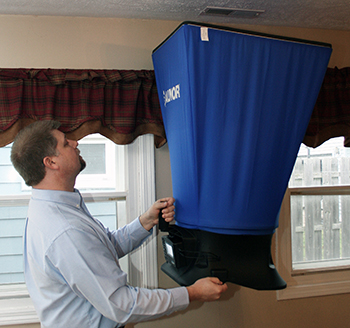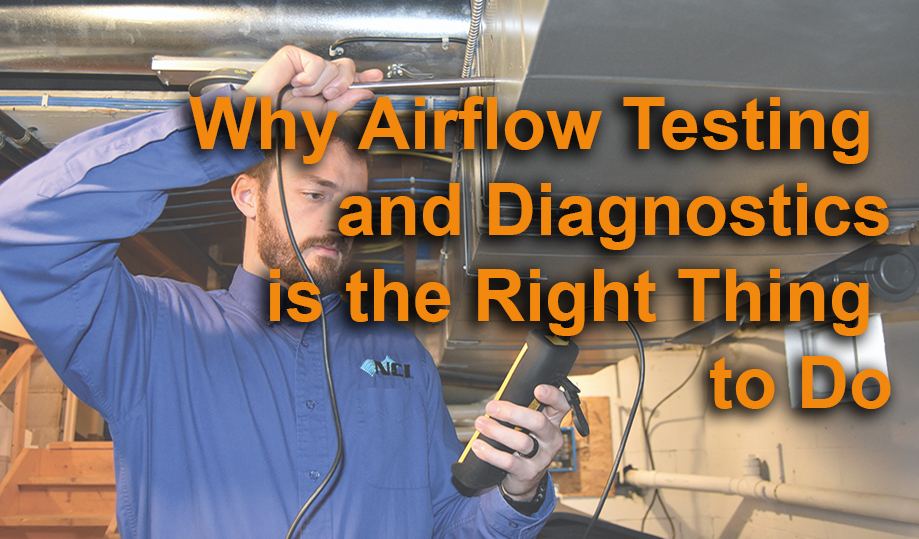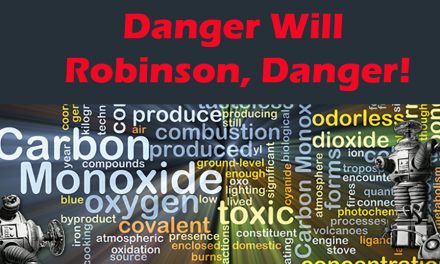“Knowing to do the right thing and not doing it is wrong.”
My mom would routinely tell me to do the ‘right thing.’ When HVAC technicians and installers are too lazy to check the quality and performance of our work, we are violating our customers’ trust. On average, we install systems delivering only 57% of the comfort our customers paid us. So, when we install 20 SEER equipment, the system only performs at 11.4 SEER.

Regarding residential HVAC systems, ensuring optimal performance isn’t just about comfort – it’s about safety, health, efficiency, and environmental responsibility. In this article, we’ll dive into the world of airflow testing and diagnostics to explore why it’s the right thing to do for HVAC contractors and their customers.
The HVAC Contractor’s Challenge
Residential HVAC contractors, often tradespeople with strong technical skills, face a unique challenge. They’re experts at installing and repairing heating, ventilation, and air conditioning systems, but they may not be well-versed in the intricacies of airflow management. This is where airflow testing and diagnostics come into play.
Understanding the Basics
Before delving into why airflow testing is essential, let’s get a handle on the basics. Airflow testing involves measuring the quantity and quality of air moving through an HVAC system. It’s akin to checking a patient’s vital signs before determining a diagnosis and treatment plan. In this case, the “patient” is the HVAC system, and the “vital signs” are the system’s airflow metrics.
Why is Airflow Testing Necessary?

an air balancing hood to
measure airflow.
- Energy Efficiency: Inefficient airflow can lead to wasted energy. When an HVAC system struggles to move air effectively, it must work harder to achieve the desired temperature. This extra effort translates to higher energy bills for homeowners. By testing and optimizing airflow, contractors can help customers save money in the long run.
- Comfort and Health: Proper airflow ensures consistent temperature distribution throughout a home. Without it, some rooms may be too warm while others are too cold. Additionally, inadequate airflow can lead to indoor air quality (IAQ) issues, such as dust and allergen buildup. Ensuring proper airflow can create a healthier living environment.
- System Longevity: HVAC systems that work under duress due to poor airflow are more likely to break down prematurely. Regular testing and diagnostics can identify potential issues before they escalate, prolonging the system’s lifespan and reducing the need for costly repairs.
- Environmental Impact: A well-tuned HVAC system is kinder to the environment. Reduced energy consumption means fewer greenhouse gas emissions. By helping homeowners reduce their carbon footprint, HVAC contractors can contribute to a greener planet.
How to Perform Airflow Testing
Airflow testing involves a series of steps. Here’s a simplified overview:
- Measurement: Contractors use specialized tools like manometers and flow hoods to measure airflow at various points in the HVAC system, including supply and return vents.
Click Below for the Next Page













Recent Comments